Spectrum Light ribbon-/hose/-strip

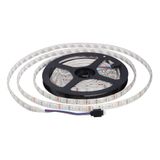
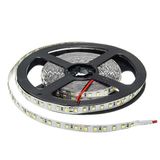
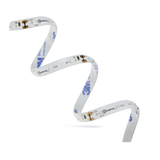
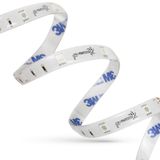
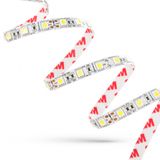
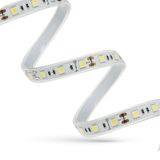


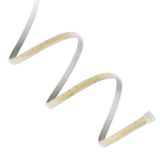
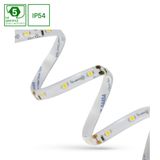


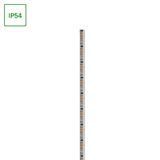
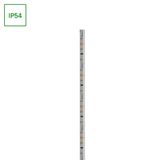

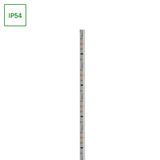




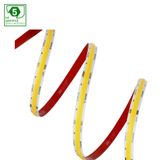
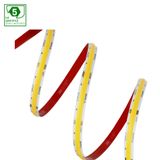



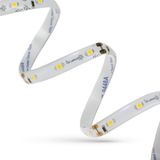
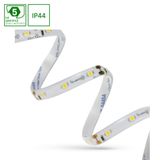
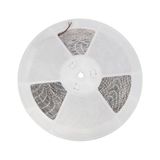
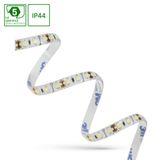
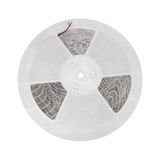
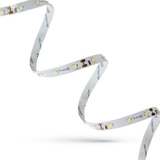
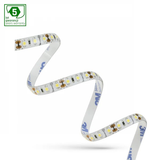












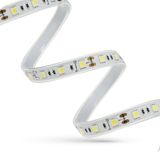
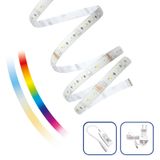
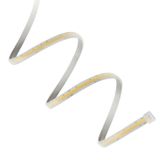
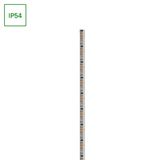
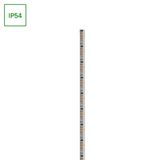





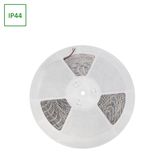
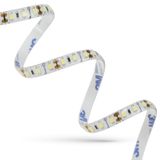


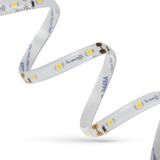
-
-
1
- 2
-
spectrum light ribbon hose strip for architectural runs
Design teams pick this family when they need long, uniform lines with tight bend control and clean dimming. Voltage rails come in 12/24/48 V DC with typical loads from 4–24 W/m and outputs ranging ~300–2 000 lm/m depending on pitch and phosphor. CCT packs 2700/3000/3500/4000 K plus tunable-white options; CRI 80 for circulation, CRI 90 (R9 > 50 on selected bins) where finishes and skin tones matter. Indoor variants are IP20; site-exposed routes use IP65 potting or IP67 extruded jackets. Maintain Tc < 85 °C on aluminum carriers; most projects target −20…+45 °C ambient.
spectrum led ribbon hose portfolio map
Ranges split by pitch and substrate: standard density for coves and soffits, high-density for direct-view lines without dotting, and side-bend formats for tight radii on columns. Cut points land at 25/50/100 mm (voltage-dependent). Dimming interfaces pair with constant-voltage drivers via PWM, 0–10 V, DALI-2 (DT6) and DT8 for tunable white. MacAdam ≤3 SDCM keeps color uniform across long runs; surge immunity is typically 1–2 kV at the driver. For slotted ceilings, low-profile profiles with opal lenses carry IK ratings to survive late-stage site knocks.
spectrum flexible light strip technical specifications and standards
- Electrical: constant-voltage per EN/IEC 61347-2-13 drivers and IEC 62384 performance; LED modules per EN 62031, with LM-80/TM-21 source data available on pro lines.
- Optics/visual comfort: choose micro-prismatic or opal covers when the strip is in direct view; camera-heavy areas benefit from high-frequency PWM to keep PstLM ≤ 1.0 and SVM ≤ 0.4.
- Mechanics: minimum static bend radius typically 30–50 mm; side-bend variants specify separate limits. Adhesive tapes are thermally conductive; always bond to anodized aluminum, not bare gypsum.
- Wiring: 2–5 m feed lengths per injection point depending on gauge; larger runs use power-both-ends or injection every segment to hold <3% drop.
spectrum linear led strips applications and compatibility
Coves in offices and hotels drive neutral 3000/4000 K at CRI 90 for material fidelity. Retail gondolas use high-density nodes for dot-free lines under opal covers. Healthcare corridors prefer uniform verticals at modest luminance; aim for <1 000 cd/m² seen at common angles. Outdoor soffits and façades move to potted or extruded jackets with UV-stable compounds and drain paths around connectors. Emergency: select drivers with EM-test inputs and verify lumen output in maintained mode. Where showroom lines call for sparkle, direct-view runs keep pitch tight enough to avoid scallop at joint lines.
Integration with adjacent Spectrum products
These lines sit between decorative and task layers: pair coves with downlights or linear channels for desk planes; keep drivers on serviceable trays away from hot plenums. For period schemes, run accents on this platform and keep centrepieces on the brand’s incandescent forms; in back-of-house, fluorescent channels remain viable where uniform maintenance stock is a priority. If the brief includes spectrum led hose lighting for contours, confirm bend plane and profile lens before cutting ceilings. Accessory families—end-caps, joiners, corner adapters—come under the spectrum lighting accessories strip catalog so installers aren’t improvising on site.
Product range and series overview
Expect single-CCT reels, tunable-white lines with two phosphor tracks, and RGBW for ambience. Wattage nodes cluster at 4–9–14–24 W/m; efficacy typically 90–140 lm/W at 4000 K on high-efficiency bins. IP20 reels ship in 5 m; sealed lines come pre-cut with factory tails. Profiles: recessed, surface, and suspended bodies with 10–60° optical foils where wall-wash or grazing is needed. Connectors are keyed; polarity and pinout are printed every segment to speed FAT/SAT.
Applications and compatibility by building type
Offices: indirect coves with UGR control, DALI groups tied to daylight sensors. Hospitality: warm accents and low-end dim (~1–3%) that stay stable at the bar and in guest rooms. Retail: high-density direct view around counters and windows; color-point stability matters for fabrics. Plant and transport: sealed IP65/67 with stainless fixings; strain-relieved tails and gel-filled couplers. For heritage interiors, spectrum decorative ribbon lights trace mouldings without visible dots, then hand off to spots for task planes.
Selection criteria for B2B buyers
- Photometry and intent: wall-grazing, cove fill, or direct view—choose pitch, lens, and lumen class to suit.
- Thermal path: always specify aluminum profiles; confirm Tc probe points and keep-out distances around insulation.
- Controls: PWM frequency, dimming range, and DT8 behavior for tunable white; map driver channels early in the drawings.
- Power delivery: injection spacing, conductor gauge, and voltage choice (48 V for long, low-loss runs).
- Color policy: CRI/R9 targets, SDCM, and maintenance strategy for bin continuity on future phases.
- Site realities: connector ingress rating, cable exit direction, and service access—especially in hard ceilings.
Procurement and documentation notes
Specify reels by lumen class, pitch, CCT, CRI, IP, and cut length. Order profiles, lenses, end-caps, and mounting clips with the same pick list so cartons land kitted. Ask for LM-80/TM-21 references, driver PF/THD at your dim level, and wiring schematics per zone. Where the spec names spectrum light ribbon hose strip, mirror that phrase on labels to keep site teams aligned with the tender language.
Advantages of working with Bankoflamps
You don’t just get reels—you get a mapped package. Your account manager ties strips, drivers, profiles, optics, connectors, injection points, and controls to each ceiling bay and wall run. The portal shows live EU stock per warehouse; quotations typically arrive in about an hour with EAN/MPN, lumen-per-meter tables, Tc notes, injection spacing, and cut plans. Orders are placed by manufacturer code; downloadable price lists carry validity windows so budgets hold across phases. We track lead times and shipment legs, consolidate by site and zone to cut off-loading time, and provide purchase-history analytics. Trusted clients can work with post-payment up to 30 days across France, the Baltics, Germany, Spain, Italy, Belgium, and the Netherlands.